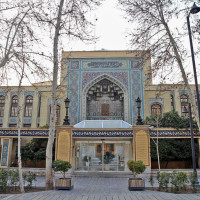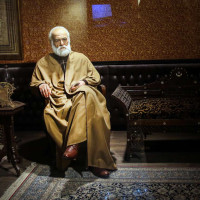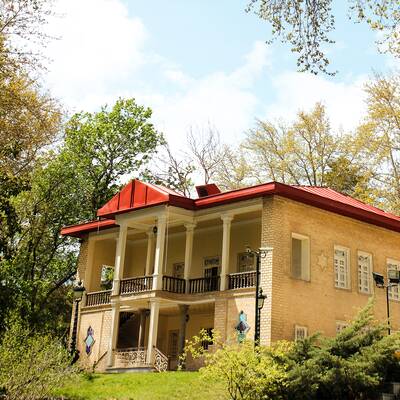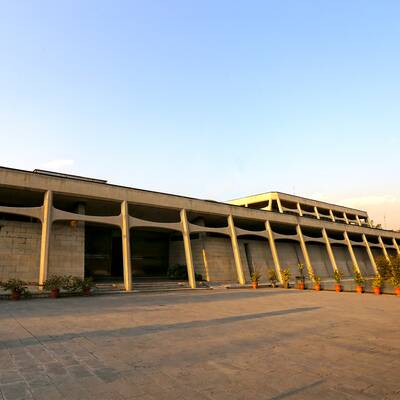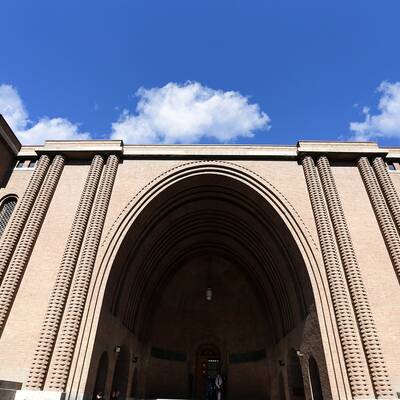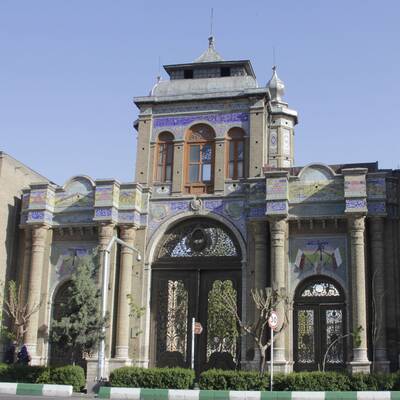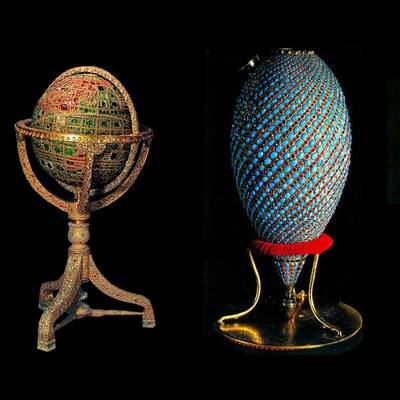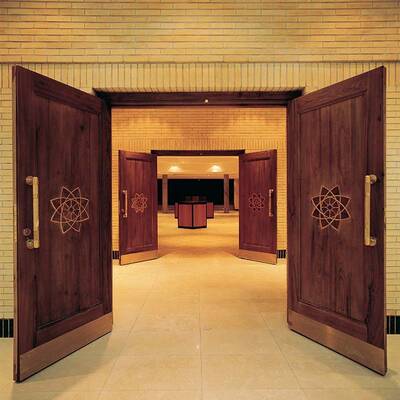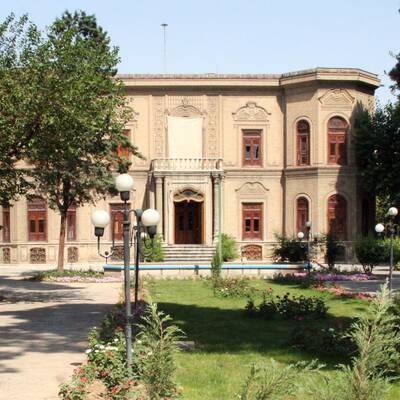
National Museum of Malek
National Museum of Malek was established in 1316 SH by Hal Hossein Malek and it is known as the first endowed Museum-Library of Iran. Haj Hossein Malek, the founder of this complex, was born in 1250 SH in Tehran. The library which was equipped by him until 1287 SH was first established in Mashhad that was later transferred to his father's house in Beyn al-Haramein bazar in Tehran in order to be used by literary people.
The collection was presented to Imam Reza in 1316 SH. The Library and Museum of Malek were active in the house of Malek until 1375 SH and since he decided to expand the space of museum, he had endowed a large piece of land inside the area of National Garden of Tehran in 1323 SH in order to build the new building of museum and library. His death didn’t allow him to start the construction of new museum, however, Astan Qusds Razavi Organization took this responsibility in 1364 SH and finished it in 1375 SH. The museum is now directly administered by the organization. Having approximately 19000 unique and precious manuscripts, Malek Library is one of six large treasures of manuscripts in Iran. The main and large part of this collection is kept in the library and a few manuscripts in the museum.
In addition to these, there are thousands of printed book, magazines and lithography books in the library of the complex. Located next to the library, Malek Museum includes seven parts: 1- calligraphy collection consisted of artworks of the most famous Iranian artists like Alireza Abbasi, Mir Emad (the greatest calligrapher), Ahmad Neyrizi (the calligrapher of Naskh and writer of Quran), Darvish Abd ol-Majid Taliqani, Mirza Qolamreza Isfahani, Yaqaut Mostasemi and many more; 2- carpet collection including some of the precious handwoven Iranian carpets; 3- Lady Malek collection comprised of Qajar painting and other works that were gifted to the museum by Ezzat ol-Molk Malek, Haj Hossein Malek’s son; 4- Stamp collection; 5- lacquer collection that is a kind of painting or illustrating reached its climax in Qajar. This kind of painting was used for decorating pen case, mirror frame and other objects; 6- collection of painting tableaus; 7- coin collection.

